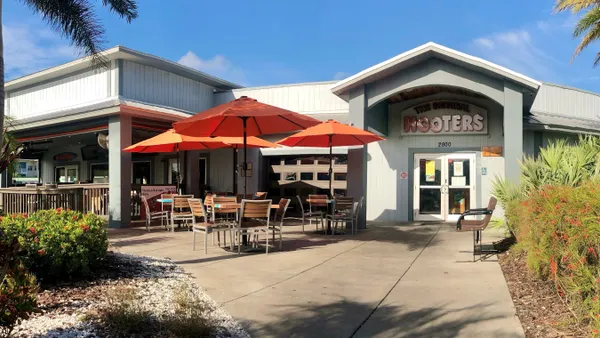Restaurants have always been notoriously difficult to staff. Even before the pandemic, the number of teens seeking work in restaurants has diminished for years, and the average tenure for hospitality employees checked in at less than 60 days.
Like many trends, however, these issues accelerated during the pandemic. Many of those who worked in restaurants before 2020 have left the industry for different opportunities, and those who remain are expecting higher wages, benefits and growth opportunities.
This leaves restaurant employers in a difficult position. Operating costs are rising across the board, making it difficult to pay higher wages and benefits to the same number of staff they previously employed. Instead, restaurants have had to learn to operate with fewer staff members, a trend that seems likely to endure well beyond the pandemic.
Here are four ways restaurants can maximize the staff they have on hand.
1. Cross-train employees
Cross-training restaurant employees, or equipping workers to handle tasks outside their core responsibilities, is not a recent invention. For example, cashiers at a pizzeria might need to cut pizzas when they come out of the oven, clean tables or restock chips and sodas.
Today, however, cross-training is more of a necessity than it is a "nice to have." No restaurant employee below the management level should be an expert on everything, but each position can handle certain extensions when the crew is down a member or two. For instance, training servers to do the work of food runners or even bussers can keep tables turning fast. These employees will likely require — and deserve — more pay per hour, but that increase won't offset the savings of fewer total staff hours.
2. Automate everything you can automate
Like cross-training, automation reduces the number of staff needed per shift, allowing more budget to go toward individual salaries and benefits. Eliminating tedious, inefficient and frustrating work also allows staff to be more intentional with their time, which improves workplace culture and employee retention.
Here are some examples of automation that make restaurants more efficient:
- Online Ordering, where customers place takeout & delivery orders through a website.
- Dine-In Ordering, where customers scan QR codes and order from their phone.
- Event Management, where customers make private event inquiries through a web form.
- Merchandise Stores, where customers purchase restaurant items through a website.
- Automated Emails, where restaurants automatically re-engage diners at preset intervals (e.g., 7 days after first purchase).
In each of these cases — and many others — technology performs menial tasks that workers have traditionally handled. This creates a stream of passive, high-margin revenue while freeing up staff to do more valuable work that requires a human touch.
3. Maximize productivity during slow hours
While plenty of cleanup and prep work occurs between the lunch and dinner rushes, there's always room for improvement. The more work that is done in these hours, the more ahead of things staff will be during peak times.
Refilling all condiment and napkin holders, organizing utensils and triple-checking that back-of-house work stations are fully stocked should all be done well before a busy dinner shift. Checklists can help staff stay organized and productive during these periods, and a strong workplace culture that preaches teamwork and accountability can keep them motivated.
4. Prioritize employee retention
It's not just inconvenient when employees leave your staff — it's expensive. Studies estimate the true cost of turnover to be over $5,500 per employee. When combined with the short average tenure of hospitality employees (under 60 days), this presents a serious threat to restaurants' bottom line.
And yet, when you read about the worker shortage, you typically read more about hiring staff than retaining staff. Restaurant operators do need new strategies for filling openings, but their main goal should be having fewer openings to fill. Competitive salaries and benefits go a long way toward retention — and can be afforded using some of the tactics above — but so does establishing a culture where management discusses career growth with employees, makes them feel supported and regularly promotes from within.
In short, to survive the worker shortage, restaurants need to evolve as employers. But with the right approach, they can make the industry better for everyone — including themselves.










